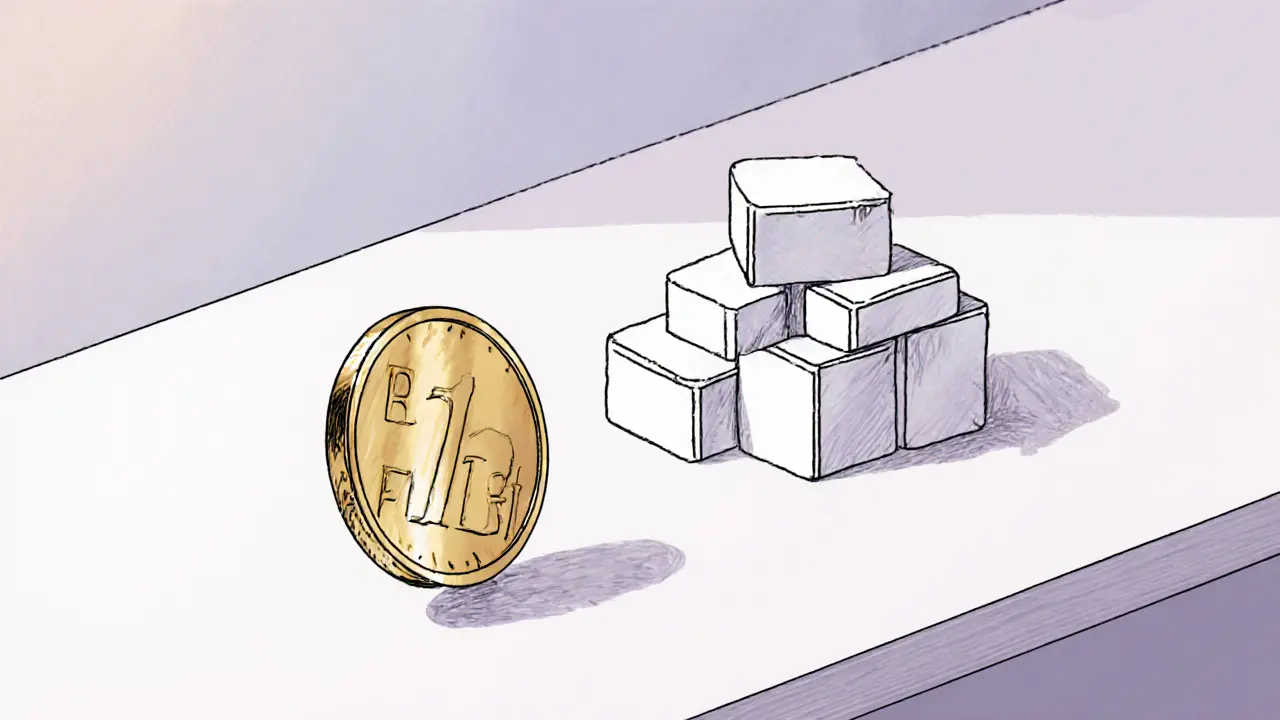ERC-721: The NFT Standard You Need to Know
When working with ERC-721, the most widely adopted non-fungible token (NFT) standard on Ethereum. Also known as Non-Fungible Token Standard, it defines how unique digital assets are created, tracked, and transferred on a blockchain, a decentralized ledger that records transactions securely using smart contracts, self‑executing code that enforces token rules without a middleman. In plain language, ERC-721 lets anyone mint a one‑of‑a‑kind token that can represent art, collectibles, game items, or even real‑world deeds.
Key Features and Real‑World Uses
The ERC-721 standard brings three core attributes to the table: uniqueness, indivisibility, and provable ownership. Each token carries a distinct ID that no other token shares – that’s the “unique” part. Because the token can’t be split into smaller units, holders own the whole item, which makes it perfect for digital collectibles like trading cards or avatar skins. Ownership is backed by cryptographic proof on the blockchain, so anyone can verify who owns what without asking a central authority. This trio of traits fuels a booming ecosystem of marketplaces, games, and ticketing platforms that rely on verifiable scarcity.
Beyond basic uniqueness, ERC-721 includes a metadata extension that points to a JSON file describing the asset – usually an image URL, name, description, and attributes. Developers often store this metadata on IPFS or another decentralized storage solution to keep the link tamper‑proof. The standard also supports royalty mechanisms, allowing creators to earn a percentage each time the token changes hands. That royalty hook is why many artists and musicians choose ERC‑721 over other token types; it creates a sustainable revenue stream directly baked into the protocol.
While ERC‑721 dominates the NFT space, it isn’t the only token model in town. The ERC‑1155 multi‑token standard lets a single contract manage both fungible and non‑fungible items, which is handy for gaming where you might have a sword (NFT) and gold coins (fungible) in the same inventory. Meanwhile, projects building on Layer‑2 solutions like Polygon or Optimism adopt ERC‑721 to cut gas fees while preserving the same security guarantees. These related standards and scaling layers illustrate how ERC‑721 fits into a larger token‑engineering landscape, linking directly to smart contract design, blockchain infrastructure, and decentralized storage.
Our collection of articles below walks you through the whole ERC‑721 journey – from writing your first smart contract and minting a token, to navigating marketplaces, handling royalties, and staying safe from scams. Whether you’re a creator eager to launch a new NFT series or a collector curious about the tech behind your favorite digital art, you’ll find practical tips and up‑to‑date insights right here.

ERC-721 vs ERC-1155: In-Depth Comparison of NFT Token Standards
A side‑by‑side look at ERC‑721 and ERC‑1155 token standards, covering gas costs, security, use cases, and implementation trade‑offs to help you choose the right NFT framework.
